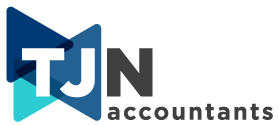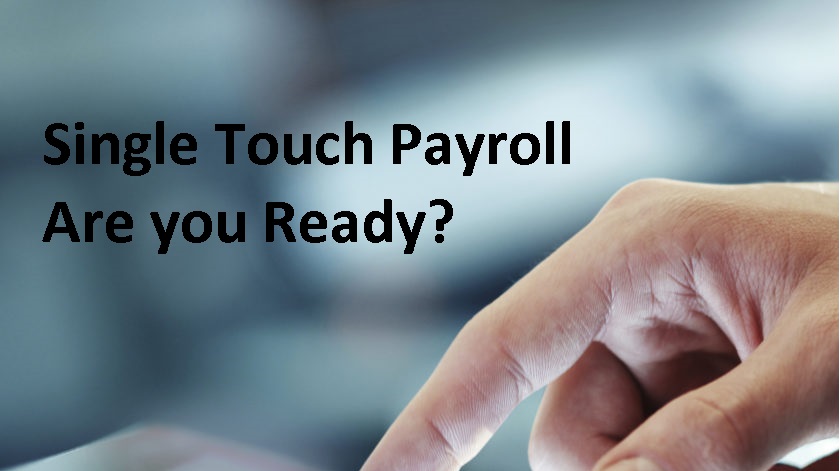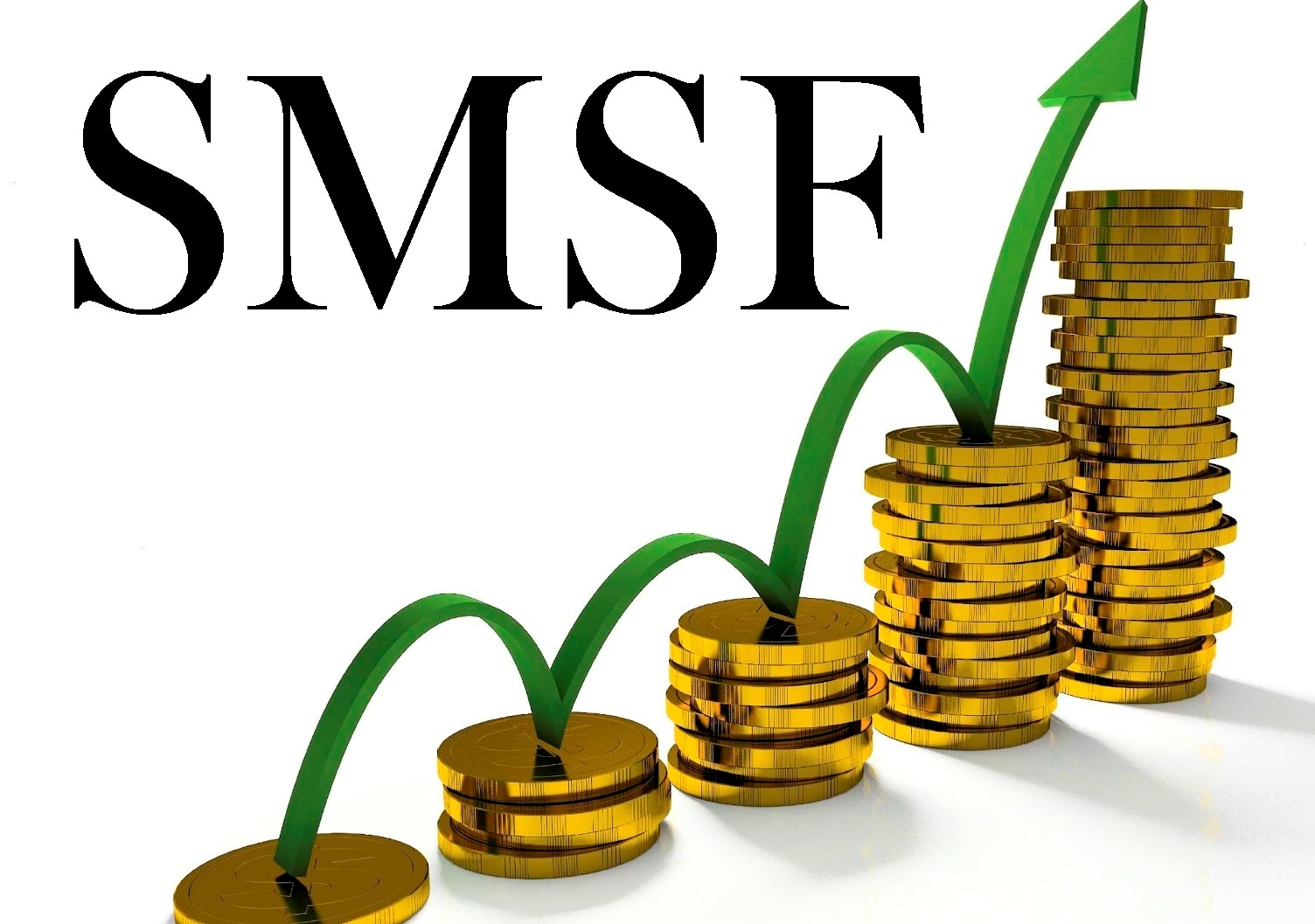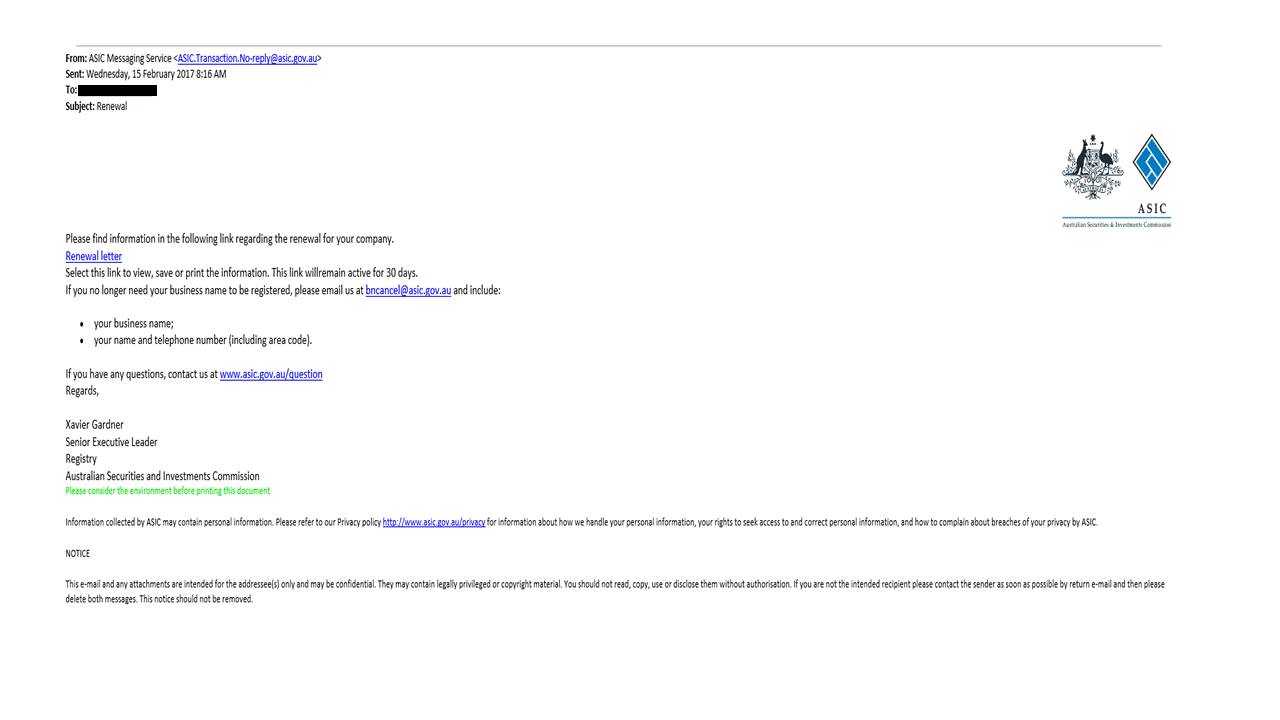From 1 July 2018, employers with more than 20 employees will need to start reporting to the ATO using Single Touch Payroll. Employers will need to report, salary, wages, PAYG withholding and superannuation to the ATO at the time you pay your employees.
On 1 April 2018 employers need to take a headcount of your employees. You do not need to advise the ATO of the number of employees as at 1 April 2018, this is just a method of determining whether your business will be required to report under Single Touch Payroll Reporting. If you have more than 20 employees as at 1 April 2018, you will be required to use Single Touch Payroll Reporting from 1 July 2018. Once you start reporting using Single Touch Payroll Reporting, you will continue to report even if your employee numbers drop below 20. Most software systems should be capable of enabling you to report the pay information to the ATO using Single Touch Payroll.
What you need to do
-
Take an employee headcount as at 1 April 2018 (https://www.ato.gov.au/Business/Single-Touch-Payroll/Get-ready-for-Single-Touch-Payroll/).
-
If you have more than 20 employees as at 1 April 2018, check the ability of your software to report your pay information to the ATO every pay period. Review your available options if your current software does not support Single Touch Payroll Reporting.
Available resources
The ATO have released resources for employers and are currently running free webinars to assist employers with their compliance:
-
ATO resources: https://www.ato.gov.au/Business/Single-Touch-Payroll/
Please do not hesitate to contact us on (07) 56656469 if you would like assistance with understanding your obligations under Single Touch Payroll Reporting.
DISCLAIMER: The information in this article is general in nature and is not a substitute for professional advice. Accordingly, neither TJN Accountants nor any member or employee of TJN Accountants accepts any responsibility for any loss, however caused, as a result of reliance on this general information. We recommend that our formal advice be sought before acting in any of the areas. The article is issued as a helpful guide to clients and for their private information. Therefore it should be regarded as confidential and not be made available to any person without our consent,

Jeanette has over 20 years experience as an accountant in public practice. She is a Chartered Accountant, registered tax agent and accredited SMSF Association advisor. When she is not helping business owners grow their empires, you will likely find her out running on the trails or at the gym. Book in to see Jeanette today.











